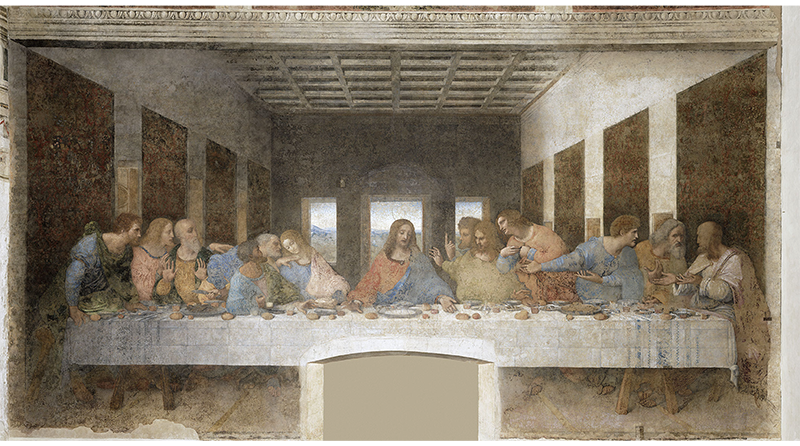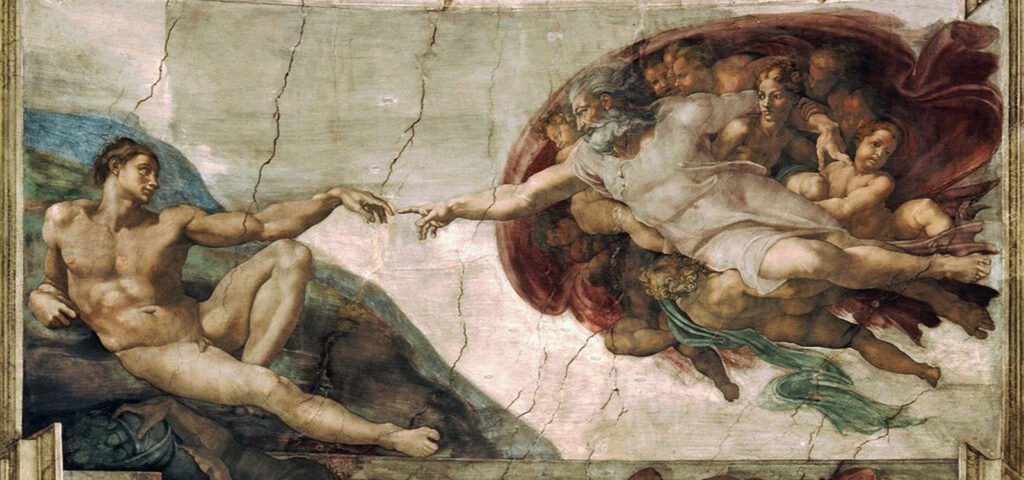Not Only Did The Renaissance Period Introduce Essential Creative Concepts Like Linear Perspective, Foreshortening, And Anatomical Realism; But It Also Produced Painters Sought To Make Naturalistic Depictions Based On Humanist Ideals. Look Ahead, How!
The Renaissance is an era renowned for its incredible works of art. The painting style of the time was more realistic than ever, and covered many subjects that were previously considered taboo. As a wideranging, holistic movement, it encapsulates advancements in the arts, science, literature and technology. During this time, there was a renewed interest in classical art and culture. This led to an explosion in the production of new paintings, sculptures, and other forms of art.
Being an era of great ideological progress, it left a lasting impact on the world we live in today. And we don’t wonder that Renaissance paintings are some of the most famous and well-known pieces of art in history! So, let us shed some light on some of the most famous artworks of the Renaissance we believe you should know about.
1. THE LAST SUPPER BY LEONARDO DA VINCI

The Last Supper of Leonardo da Vinci (Cenacolo Vinciano) is one of the most famous paintings in the world. This artwork was painted between 1494 and 1498 under the government of Ludovico il Moro and represents the last “dinner” between Jesus and his disciples. In order to create this work, Leonardo carried out exhaustive research creating an infinity of preparatory sketches.
This is Leonardo’s visual interpretation of an event chronicled in all four of the Gospels (books in the Christian New Testament). The evening before Christ was betrayed by one of his disciples, he gathered them together to eat, and washed their feet (a gesture symbolizing that all are equal under the eyes of the Lord). Specifically, The Last Supper depicts the next few seconds in this story after Christ dropped the bombshell that one disciple would betray him before sunrise, and all twelve have reacted to the news with different degrees of horror, anger, and shock.
Leonardo hadn’t worked on such a large painting and had no experience in the standard mural medium of fresco. Over the years it has crumbled, been vandalized bombed and restored. Well, today we are probably looking at very little of the original.
2. SCHOOL OF ATHENS BY RAPHAEL
Setting in an immense architectural illusion painted by Raphael, The School of Athens is a masterpiece that visually represents an intellectual concept. In one painting, Raphael used groupings of figures to lay out a complex lesson on the history of philosophy and the different beliefs that were developed by the great Greek philosophers. Though Raphael’s work, in many ways, could be seen as more complex due to the number of figures placed in one scene, he certainly was influenced by the great artist’s work. In fact, modern influence seeps in more frequently than one would think, particularly when it comes to the faces used for certain figures in The School of Athens.
Rounding out Raphael’s program, two large statues are seated in niches at the back of the school. On Plato’s right, we see Apollo, while on Aristotle’s left is Minerva. Minerva, the goddess of wisdom and justice, is an apt representative of the moral philosophy side of the fresco. Interestingly, her positioning also places her close to Raphael’s fresco about jurisprudence, which unfolds directly to her left. Apollo, recognizable by his lyre, represents the natural philosophy side. As the god of light, music, truth, and healing, his position puts him adjacent to Raphael’s Parnassus fresco representing literature and poetry.
3. THE ARNOLFINI PORTRAIT BY JAN VAN EYCK
Portrait of Giovanni Arnolfini and His Wife, oil painting on oak panel created by the Netherlandish artist Jan van Eyck in 1434. The work is celebrated for its originality and its complex iconography. This enigmatic double portrait, commonly known as The Arnolfini Portrait, was set in the bedchamber of a Flemish house and has been unique to Netherlandish art. The couple depicted are usually identified as Giovanni di Nicolao Arnolfini, a wealthy merchant from Lucca living in Bruges, and his wife, Giovanna Cenami.
The pose and unusually detailed setting have led to various interpretations of the couple’s circumstances. It has been suggested that the picture depicted the couple’s civil wedding. Giovanna is not pregnant, but held up the full skirt that was highly fashionable at that time. More recently, it was earlier proposed that this is a posthumous portrait, painted after Giovanna’s untimely death. And, the objects dotted around the room pointing to the couple’s relationship. This painting showed Jan’s extraordinary capacity to render detail and light. The elaborate mirror, each lobe decorated with a scene from the Passion of Jesus, reflecting the rear view of the couple and two figures standing in the doorway.
4. SELF-PORTRAIT BY ALBRECHT DÜRER
Albrecht Dürer’s Self-Portrait at 28 is a panel painting completed just before his 29th birthday in 1500. Considered the most personal, iconic and complex of his self-portraits, it is a rare example of an early self-portrait which were extremely uncommon at the time. Dürer was highly concerned with his public image, still he repeatedly inserted self-portraits into his works to showcase his mastery and to convey an assured self-confidence. This portrait marked a key point in the artist’s life as well as the start of a new millennium. Bearing an arrogant expression that betrays the youthful bravado and confidence of a masterful young artist, Dürer depicts himself indoors under an arch, turning towards the viewer in half length. This painting is unique for its detailed depiction of fine textures such as stitching on garments or strands of hair making it truly exceptional work from across Europe.
Overall, this iconic masterpiece showcases unprecedented realism with its sharp attention to detail and marked departure from traditional portrait standards.
